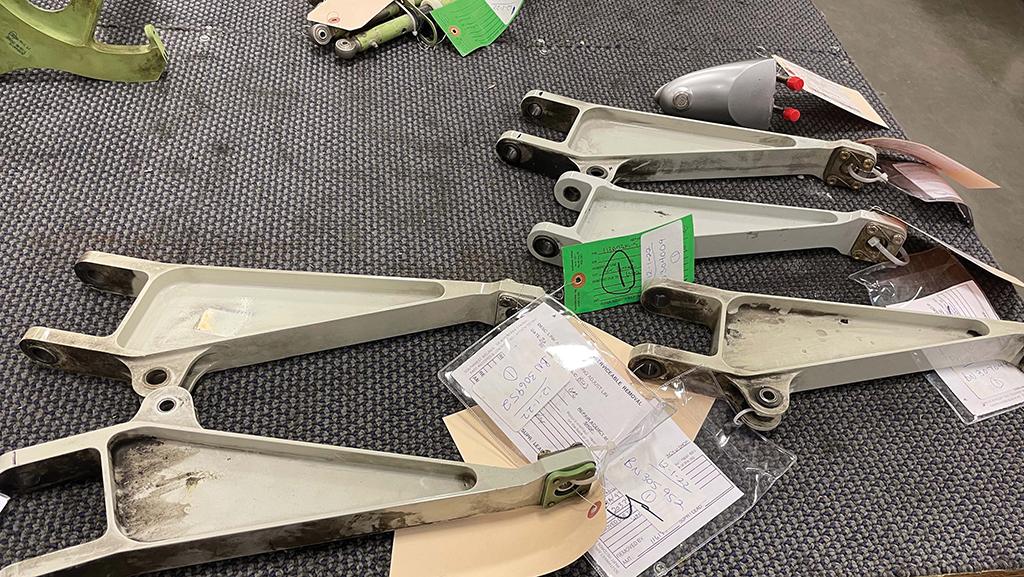Opinion: Perseverance Pays Off In Regulatory Compliance

U.S. repair stations face parts documentation challenges under the U.S.-European Union bilateral relationship.
Two lines from a poem about tenacity are fundamental to ARSA’s interactions with governments: “Genius, that power which dazzles mortal eyes, / Is oft but perseverance in disguise.”
The original author is subject to debate, but the principle is clear: Perseverance often pays off in regulatory compliance. It took five years for the FAA to acknowledge that approved technical data did not require reapproval during maintenance. Equal persistence resulted in the issuance of advisory circulars on maintenance fabrication and repair and alteration data.
Similarly, solving challenges in navigating the bilateral relationship between the U.S. and European Union requires patience and diligence. A bilateral’s aim is not to turn two regulatory systems into one—as Claude Probst, a founding father of the European Union Aviation Safety Agency (EASA), once said: “Harmonization is overrated.” Rather, the special conditions and the implementation documents create the methodology for acknowledging each other’s aviation safety systems while addressing significant differences in order to uphold equivalent safety outcomes.
That logic needs to be applied to today’s issue of new parts documentation and the costly, burdensome and impractical requirements imposed on EASA-approved U.S. repair stations under the bilateral. U.S. industry has been trying to fix this problem for years; ARSA’s website provides a lengthy record of global regulatory recalcitrance, and Christian Klein provided a primer in the last ARSA Update (Inside MRO February, p. MRO7).
In late January, 14 trade associations and businesses requested the two agencies correct their long-standing disconnect. Some allies who signed the earlier industry letters chose not to join the latest effort because they considered the issue a lost cause and a distraction from higher priorities. In doing so, they missed an important point: Success is achieved by not giving up. Rather than packing it in, the industry took a new approach. It went back to the history and intent of each country’s laws and regulations, as well as prior relationships among the nations.
That exercise revealed the reasons implementation procedures for design and production (new parts) and maintenance are negotiated separately. Further enlightenment was gained by reviewing the requirements of importing countries for new and maintained articles when no bilateral exists. In such cases, new products and articles have different requirements for export than do maintained ones. While both must meet the importing country’s requirements, ARSA failed to find any country requiring documentation for the new parts installed in a maintained article.
The controversy over documentation that “must” accompany new parts used in maintenance ignores three facts. First, the installer is always responsible for ensuring the airworthiness of all replacement parts. (If you don’t believe me, read the caveat on every country’s authorized release certificate.) Second, the definition of maintenance includes the replacement of parts, so it is the maintenance that is being exported, not the new parts installed. Third, the special condition applicable to U.S.-based repair stations requires only that the FAA Form 8130-3 be used to approve the maintenance performed for return to service.
Ultimately, quibbling over documentation for new replacement parts used during maintenance elevates form over substance and does a great disservice to the fundamentals of bilateral agreements and the U.S. maintenance industry.
Marshall S. Filler is managing member of Obadal, Filler, MacLeod & Klein and the managing director and general counsel of the Aeronautical Repair Station Association. He has advocated for individuals and companies on international aviation safety law, policy and compliance issues for decades.